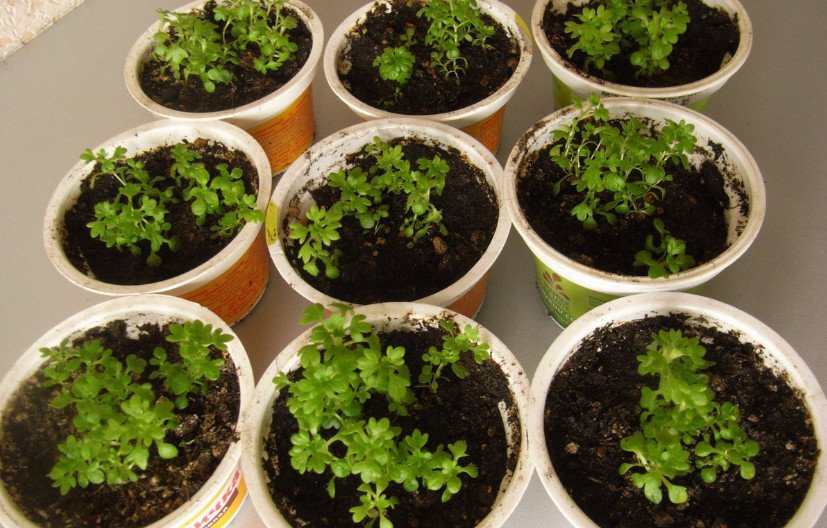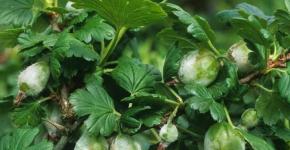Saxifrage: proper planting and care
Is an amazingly beautiful, vibrant plant that is widely used as a horticultural crop.
It gained its popularity not only due to its remarkable appearance, but also due to its good frost resistance, compact size and non-capricious "character".
If you also want to get one, then listen to some of the tips presented below.
Seed preparation for sowing
We start preparing seeds from April., since this is the most suitable time for sowing. Saxifrage seeds are required in advance. For this, a small container is suitable, into which a thin layer of a very light, slightly moistened substrate is poured. Spread the seeds carefully over the surface of the soil, without burying them, and place everything in the refrigerator for 2-3 weeks.
Did you know? Under favorable conditions, the saxifrage ripens very small, black seeds in large quantities (more than 16 thousand seeds in 1 gram), while the germination rate is 85.6%.
Planting saxifrage seeds for seedlings
After processing the seeds, the container with them should be cover with transparent glass, film or other similar material, creating a mini-greenhouse in this way, and place it in a bright, warm (+ 18-20̊ C) place. Watering should be regular, but make sure that the liquid does not stagnate.
You can admire the first shoots in about 7 days, but if this did not happen after 14-18 days, then the seedlings will no longer germinate. Dive seedlings(in peat pots or a volumetric box) is possible after the appearance of at least one really strong leaf. 
Planting saxifrage seedlings in open ground
Some Secrets for Caring for Flowers
Caring for this plant is not difficult and even an inexperienced gardener can do it. Watering the saxifrage should be regular, but moderate, the soil should have time to dry out, it should also be loose and weeded. Create a relative shade for the plant, provide good shade.
The stones will serve as a kind of barrier, protecting the roots from the scorching sun and helping to retain moisture. After flowering, cut off the ground part of the plant, this will promote the emergence of new shoots.
The complex fertilizing of saxifrage is carried out every month along with watering (with the exception of the dormant period - from October to the end of winter). The concentration should be halved from that indicated on the package. 
Important! Although the plant has good frost resistance, it should still be covered in severe frosts.
Breeding methods for saxifrage
The saxifrage is able to reproduce in three ways: by seeds, by dividing the bush and by cuttings.
Seeds
How to grow a saxifrage from seeds, we have already described above.
By dividing the bush
This method is used every six years to rejuvenate older specimens. After flowering ends, lateral young shoots in the form of rosettes with roots should be separated from the central mother plant and planted in a shaded place, protecting from the sun.
Young plants need regular, abundant watering. They hibernate in the open field, and in the spring they should be transplanted to a permanent place.
Cuttings
Reproduction by cuttings is also worth starting after it has faded. To do this, bend the long side branches to the ground and fasten, pin them. Wait for rooting, which will happen at the end of summer, and cover with fallen leaves just before the frost. Next spring, you will be able to separate the young, rooted plants from the mother shrub and transplant them to the desired location.
Fight against possible pests and diseases of saxifrage
Although the resistance of saxifrage to and rather high, but under unfavorable growing conditions, it can still suffer from them.
It manifests itself as rusty spots that form on the leaves. To combat it, remove all affected foliage and spray the saxifrage


